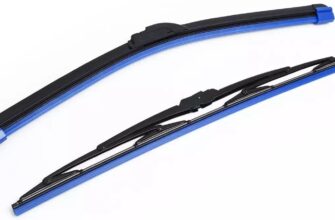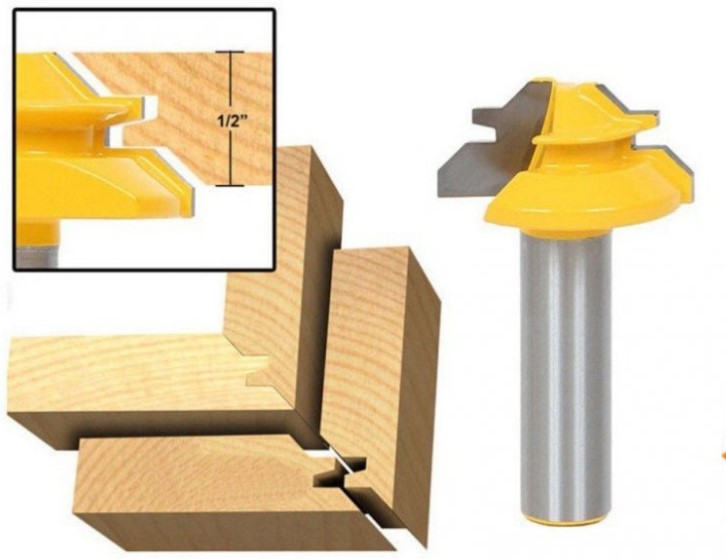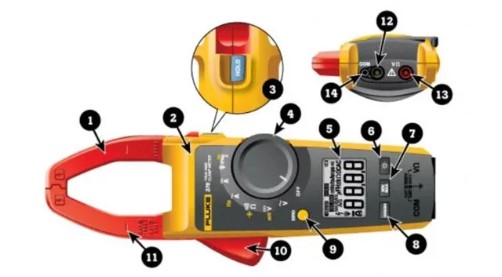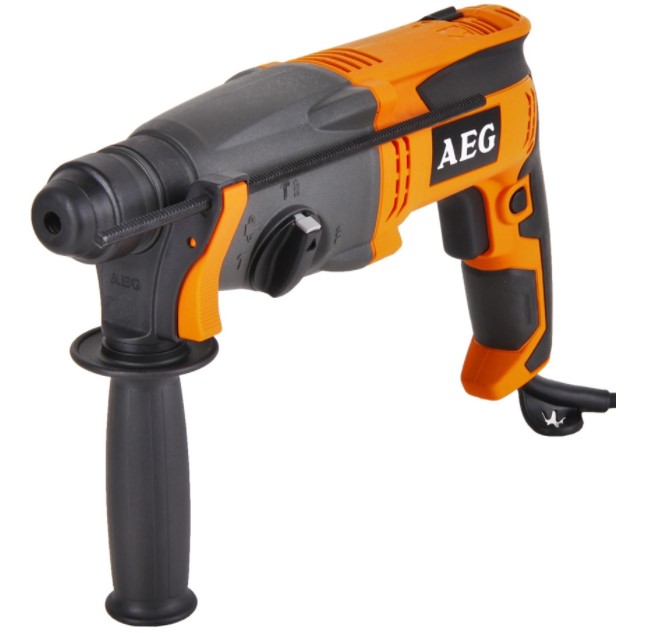Textile slings are used with great success when carrying out unloading and loading, rigging works. Due to its specific properties, can lift and support a load weighing up to 100 tons.
There are two types of textile slings: tape and round. Ignorant people are surprised, when will they know, that textile slings are not just a piece of fabric tape or just a rope, and a serious load-grasping device, having a well-thought-out internal structure and a device specified by GOSTs. According to regulatory safety requirements, carrying out rigging work using lifting mechanisms, such elements must undergo mandatory testing, the frequency of which should not exceed 1 times 3 of the month. Product Use, have not passed such tests, Absolutely forbidden.
Circular textile slings. This type consists of two components: load-bearing core and sleeve.
The core is made of polymer endless fibers, parallel. Twisting of core fibers is not allowed, since fibers under strong load pressure can cut each other. The fibers fit tightly together, For this purpose, special polymer impregnations are used., gluing them together. Sleeve, performing a protective function, also keep the fibers parallel.
To make the core I use various polymers - polyesters (polyester), polyamides (kapron) or polypropylenes. Fiber composition determines the media, in which slings can be used: the first group is resistant to weak acid solutions, but they are afraid of alkali; second, conversely, resistant to alkaline environments. Textile slings are all oil-resistant, dielectric.
The sleeve of the round strand sling is made of the same material, as is its core, however, it is also possible to make a sleeve from organic material. Its main function is to protect the load-bearing core from abrasion, it also retains moisture. Moisture causes enormous damage to textile slings. Especially when working in low temperatures (below 0 degrees), this is how water turns into ice, which cuts the thin fibers of the core, and acts as an abrasive when rubbing against a load. These factors lead to premature wear of the load-handling device.
Textile tape slings. This type is used for girth, harnesses for moving weights. They are made from special, woven according to special regulatory technical conditions and passed mandatory certification, tape. The carrying capacity of such a sling is slightly lower, compared to orb weaving, and reaches order 20 tonnes.
All types of textile slings are equipped with hooks: loops, hooks, staples, with the help of which the slings are fastened to the lifting mechanism and directly to the load.







